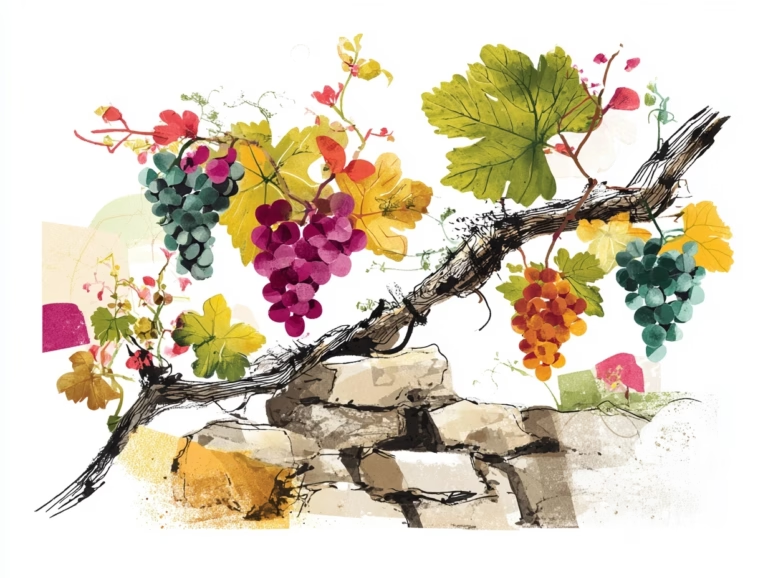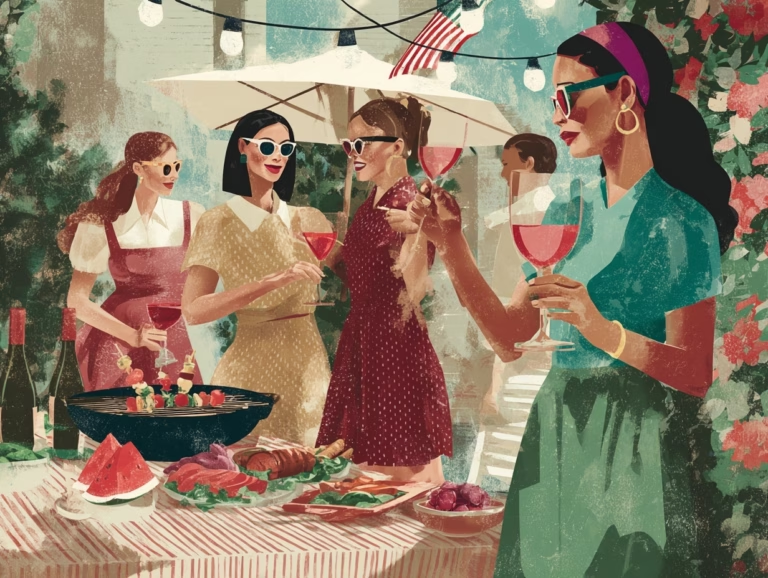How to Order Wine at a Restaurant: From Beginner to Ordering Pro in 7 Easy Steps
Master the art of ordering wine with grace and confidence - from reading wine lists to working with sommeliers like a pro
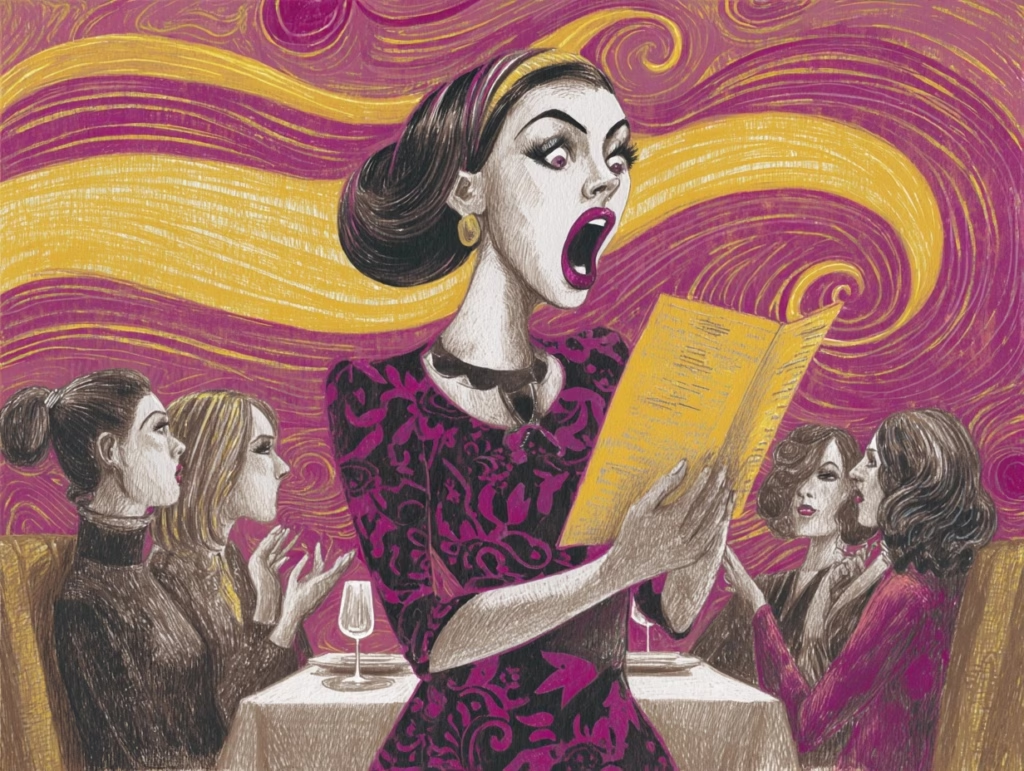
Picture this: The server hands you a leather-bound wine list the size of a small novel. Your friends are looking at you expectantly. The table falls silent. Sound familiar? If ordering wine at restaurants makes you feel like you’re starring in your own anxiety dream, you’re definitely not alone.
But here’s the thing – you don’t need a sommelier certification to order wine with confidence. You just need a few insider tricks and the right mindset. Ready to transform from wine-ordering wallflower to confident connoisseur? Let’s dive in.
Why Ordering Wine Feels So Intimidating (And Why It Shouldn’t)
First, let’s address the elephant in the room. Wine lists can be overwhelming, servers sometimes seem rushed, and there’s this unspoken pressure to make the “right” choice. But here’s what the wine industry doesn’t always tell you: you are not expected to know everything on that wine list.
The goal isn’t to order the most expensive or most obscure wine. It’s to choose something that enhances your meal and fits your budget. That’s it. Once you shift your mindset from “impressing everyone” to “enjoying your evening,” ordering wine becomes so much easier.
Step 1: Make the Sommelier Your Best Friend
The sommelier or wine-knowledgeable server is there to help you succeed. Think of them as your personal wine consultant, not a judge waiting to catch your mistakes. They want you to love your choice because that means you’ll have a great experience and likely return.
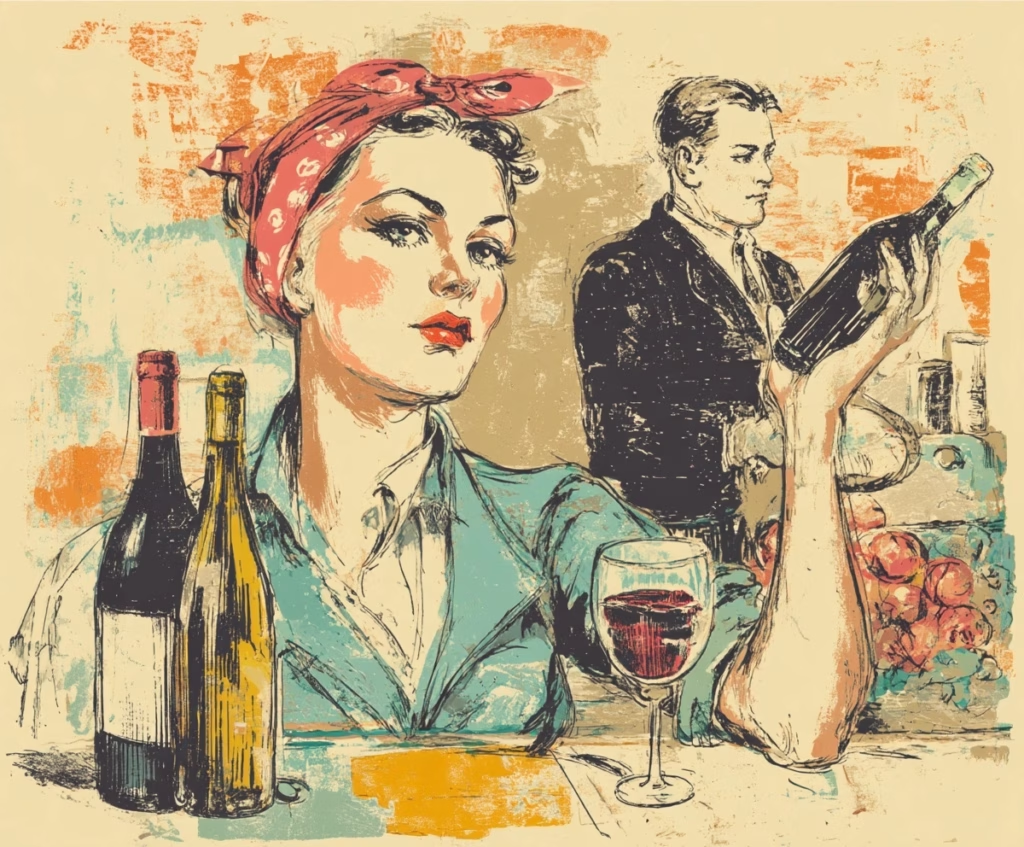
Here’s how to get the best recommendations:
Share Your Food Plans
“We’re thinking of sharing the burrata and ordering the salmon” gives them valuable pairing information.
Describe Your Preferences Simply
You don’t need fancy wine terminology. Try phrases like:
- “I usually love Pinot Grigio – what Italian whites would you recommend?”
- “I want something crisp and refreshing, not too sweet”
- “We’re celebrating tonight – something special but not overwhelming”
If you’re feeling stuck, it can be helpful to think about wines you like in terms of major attributes, think:
- Body: Do you want something light and fresh or rich and bold?
- Fruitiness: Are you into juicy, fruity wines or more earthy, savory ones?
- Dryness: Do you like dry wines or ones with a little sweetness?
Be Open to Suggestions
“I typically drink Chardonnay, but I’m curious about trying something new” shows you’re adventurous while giving them a starting point.
Top Line: Asking the sommelier isn’t lazy or embarrassing; it shows that you care about your order and are open to learning about what pairs well with your meal and what suits your palate.
Step 2: Match Your Wine to the Occasion
Different vibes call for different wines. Before you even open that intimidating wine list, think about what kind of evening you’re having.
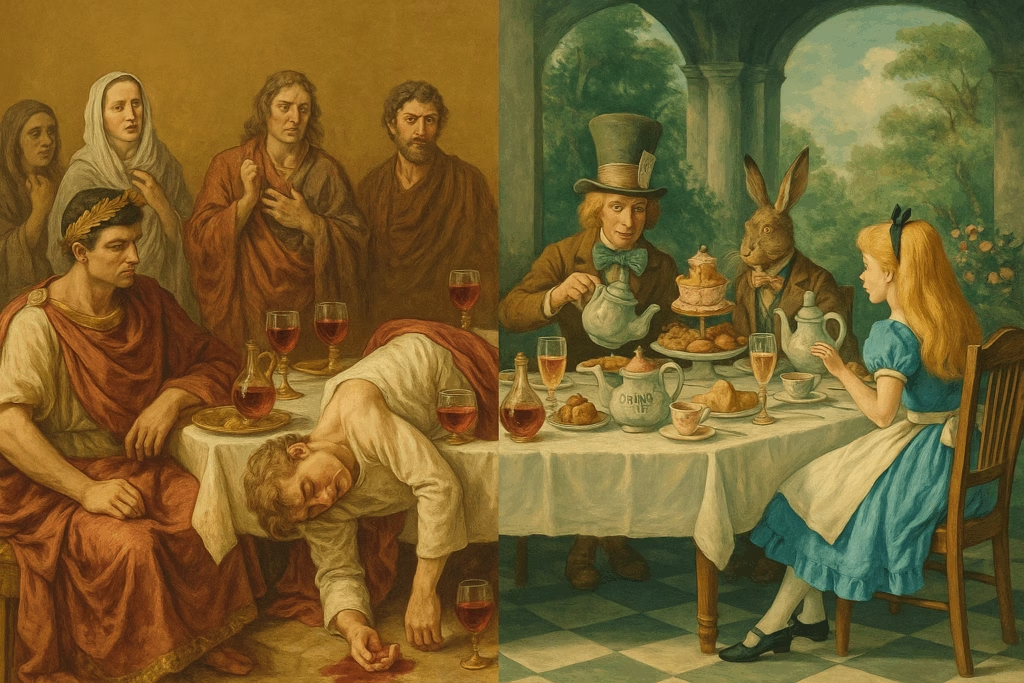
Matching the wine to the occasion helps narrow your choices. For example:
- Casual Dinner with Friends: Go for easy-drinking options like a bright rosé, approachable Pinot Noir, or crisp Sauvignon Blanc
- Romantic Date Night: Consider something with a story – perhaps a wine from a region you’ve visited together or a grape variety that’s new to both of you
- Business Dinner: Stick with crowd-pleasers like a classic Chardonnay or elegant Cabernet Sauvignon
- Celebration: Bubbles are always appropriate and instantly festive
- Family Gathering: Choose wines that pair well with multiple dishes and please different palates
Trust your vibe.
Step 3: Set a Budget Without Shame (and Say It Out Loud!)

Here’s a secret from the restaurant industry: most people order from the lower third of the wine list. You’re not alone in having a budget, and good servers appreciate honesty about price points. Nobody wants to be surprised by a $300 bottle of wine they didn’t mean to order. If you care about price, just say so.
How to Communicate Your Budget Gracefully:
- “I’m looking for something around $60 – what would you recommend?”
- Point to a price on the list and say, “Something in this range would be perfect”
- “We’re looking for great value – what’s your favorite wine under $80?”
When You’re Splitting the Bill:
If you’re dining with others and plan to split costs, be mindful of everyone’s comfort level. A quick “What’s everyone thinking for wine budget?” can save awkwardness later.
Step 4: The Wine Tasting Ritual Demystified
When the server pours that small taste and waits expectantly, you’re only checking for faults, not judging the wine’s quality. Unless it smells like wet cardboard, vinegar, or is clearly spoiled, simply nod and say “It’s perfect” or “Looks good.”

What You’re NOT Expected to Do:
- Provide tasting notes
- Discuss the wine’s vintage or terroir
- Comment on the winemaker’s technique
What You ARE Checking For:
- Cork taint (musty, wet cardboard smell)
- Oxidation (flat, lifeless taste)
- Any off odors or flavors
💡 Pro Tip: Because you’re just tasting for faults, the technically correct response is: “It’s fine.” If that feels too formal, “It’s good” works too. The sommelier will get it.
If something seems genuinely wrong, don’t hesitate to mention it politely. Restaurants would rather replace a faulty bottle than have you suffer through it.
Step 5: Use the “What Grows Together Goes Together” Rule
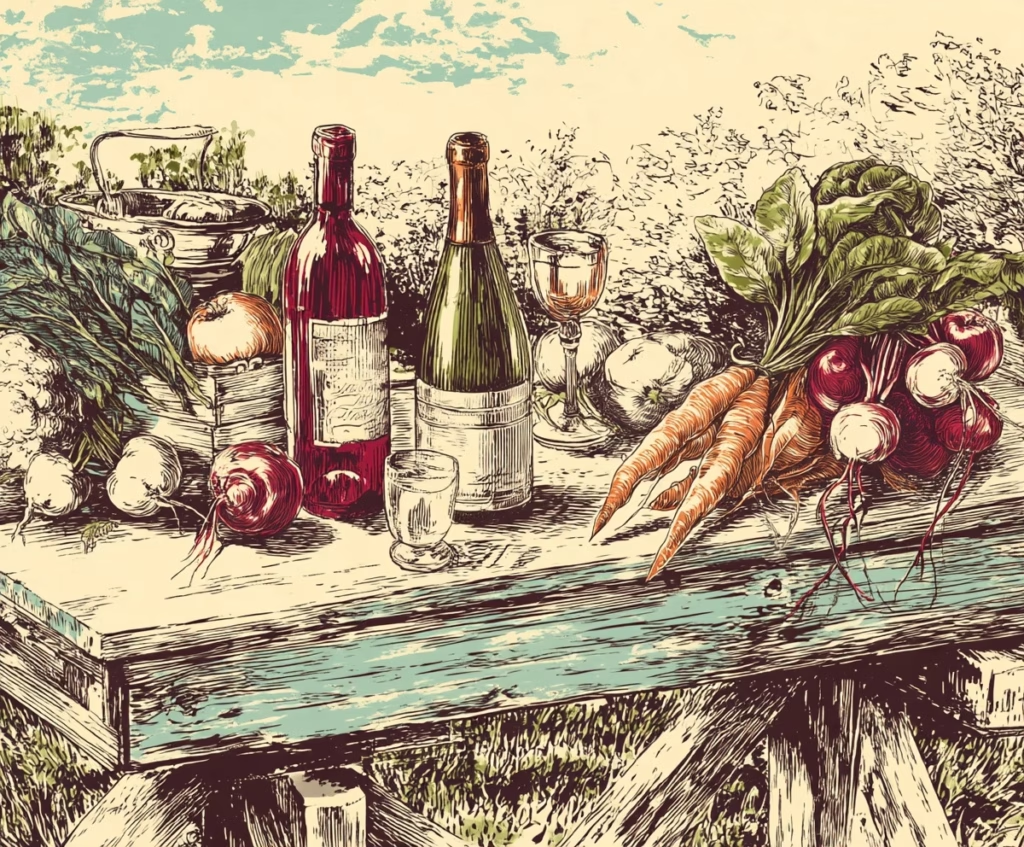
This is your secret weapon for foolproof pairing. Italian restaurants typically feature Italian wines for good reason – regional wines evolved alongside regional cuisines.
Easy Regional Pairings:
- French bistro food + French wines (Burgundy, Loire Valley, Rhône)
- Italian dishes + Italian wines (Chianti, Pinot Grigio, Barolo)
- Spanish tapas + Spanish wines (Rioja, Albariño, Cava)
- American steakhouse + California or Washington wines
When in doubt, ask your server: “What local wines do you recommend with the menu?”
Step 6: Consider Ordering by the Glass
Ordering by the glass eliminates pressure and maximizes exploration. While bottles often offer better value (often five glasses for the price of four), glasses give you flexibility to:
- Try different wines with different courses
- Accommodate varying preferences at your table
- Sample something new without committing to a full bottle
- Control your alcohol intake more precisely
Many restaurants also offer half-pours or wine flights, perfect for the curious wine lover who wants to compare styles.
Step 7: Keep Track of Your Discoveries
Ordering wine gets easier with experience. Keep track of what you love…and what you’d skip next time. As legend Sommelier Aldo Sohm notes in his great book, Wine Simple, tracking the wines that you dislike can be even more important than recalling the ones you do.
Use Wine Apps:
- Vivino: Take photos of labels and rate wines
- Delectable: Get recommendations from wine professionals
- Wine Ring: Track wines and get personalized suggestions
Mental Notes Work Too:
- Which wines paired beautifully with specific dishes?
- What styles did you gravitate toward?
- Which regions or grape varieties consistently pleased you?
Confidence-Building Wine Ordering Scripts
For the Overwhelmed Beginner: “This is my first time here – what wine do you most recommend with the [dish name]?”
For the Budget-Conscious: “I’m looking for your best wine value around $X – what would you suggest?”
For the Adventurous: “I usually love [familiar wine], but I’m curious to try something new. What would you recommend that’s similar but different?”
For Group Dining: “We’re ordering several different dishes to share – what wine would work well with most of them?”
When All Else Fails: “We’ll start with bubbles” – because nobody ever regrets sparkling wine.
Your Wine Ordering Action Plan
- Before you go: Check the restaurant’s website – many post their wine lists online
- At the table: Take a breath and remember you’re there to enjoy yourself
- With the server: Be honest about your preferences, budget, and food choices
- During tasting: You’re just checking for faults – trust your instincts
- After ordering: Relax and enjoy the experience
The Bottom Line: You’ve Got This
Confident wine ordering isn’t about impressing anyone or proving your expertise. It’s about enhancing your dining experience and enjoying great wine with good company. The more you practice these skills, the more natural they’ll become.
Remember: every wine expert started as a beginner. Every sommelier has ordered wines they didn’t love. Every confident wine drinker has felt intimidated by a wine list at some point. The difference is they kept exploring, kept asking questions, and kept learning.
So next time you’re handed that intimidating leather-bound wine list, take a deep breath, smile, and remember – you have everything you need to make a great choice. The perfect wine for your evening is waiting to be discovered.

